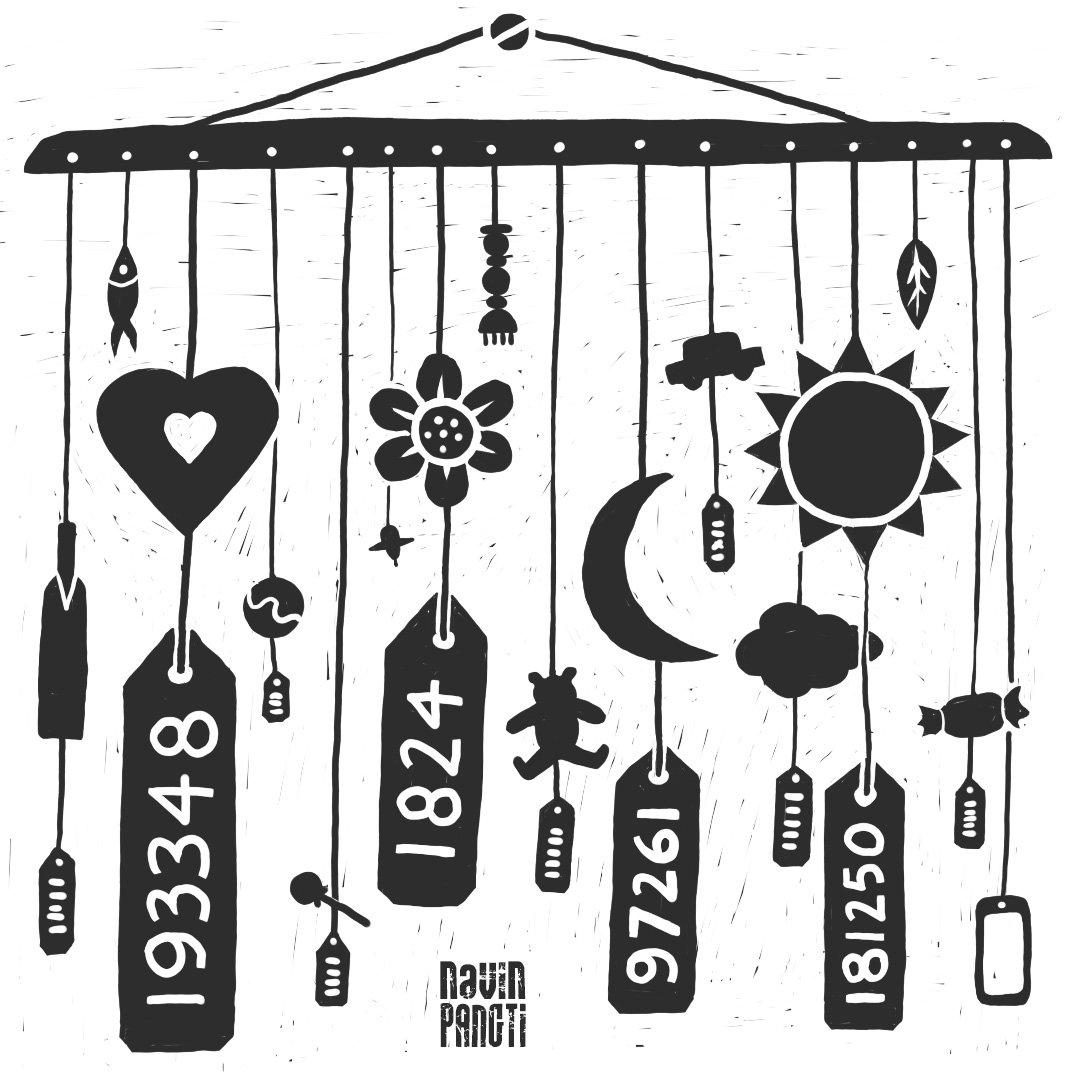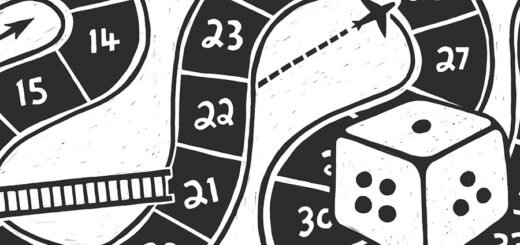Children, advertising, and beyond
Huge amount of money is spent on brand communication to influence our likes and dislikes. Targeting children to influence buying decisions is pretty commonplace. Knowingly, or unknowingly, we create a today that consumes more, and is less thoughtful, than yesterday!
All of marketing communication, activate and passive, are designed to shape our perceptions of aesthetics, prosperity, happiness, fulfilment, achievement, and what not. While some create an entirely new perception of the world, most of them feed on our own misaligned understandings and skewed notions. They prey on our insecurities and we fall for it every time.
It is not easy to ignore them. By bombarding us from all sides they, like it not, play a crucial in defining the world of our needs, our philosophy of life, and the moral compass that dictates our existence.
My brush with advertising
I started my career as a copywriter with an advertising agency. My first assignment was about selling spices of a well-known brand. We were to create a new campaign as the client felt that their sales are stagnating due to stale communication.
“Let’s review the communication strategy and add some fizz to the marcom”, our hyperactive client-servicing executive said. I was very excited. I had finally got an opportunity to work towards ‘building a brand’ and ‘shaping customer perception’.
When we got down to work, we realised that there was nothing new in the product. It was exactly the same as it always was. No improvement in product quality or packaging and no change in product pricing. But, we had to do something. We were creative people, after all.
The outcome of our ideation party was to create a campaign that talks about how procuring raw spices and grinding them does not guarantee high quality as ‘good’ spices do not grow everywhere. You cannot compare the chillies of Rajasthan to the ones that grow near Yamuna, we said. In effect, what we were saying was that this particular spice company took great care in procurement of raw materials from regions which were well known for producing high quality ingredients. Hence, when it comes to spices, source of the raw material is what made the real difference. After all, good quality spices contribute to good health.
There was nothing wrong in what we were trying to state. The only problem was that the person who represented our client was not sure about the origin of the ingredients used in the spices. As far as he knew, the company bought ingredients in large quantities at lowest possible rates from wherever possible. But he loved our approach and the accompanying creatives. He felt that the new communication had the potential to catch consumer attention and accelerate sales.
“No one else is saying this”, he proclaimed.
Why am I sharing this here? This is to illustrate, through first-hand experience, how an advertisement gets made. The situation may not always be this bad but it seldom is any better. The product promise is almost always an overstatement. Yes, there are products that have a unique selling proposition (USP) but most have none. It is the adperson’s job to ‘create’ a USP which could be as simple as ‘growing up’ to a taste or the ‘heart asking for more’.

Capturing mind space, building identities
We mostly ignore the impact of these crisp ad lines in shaping our perception about a ‘choice’, often represented as a brand. A lot of product brands currently in the market are manufactured at a common production unit. Technically, they are twins and yet we like one of them, at the expense of other.
These communications are designed to trigger action, even if they are in contradiction with our beliefs. While we may not be ‘any’ values to skin colour, yet we seek products that make, or keep us, fair. The sun screen is more about skin coloration that skin problems. Our gender sensitivity does not get affected when a talcum powder ad claims that a woman who smells ‘good’ and ‘fresh’ is more capable for a job. It is done repeatedly and we, time and again, fall for the crisp one-liners.
This clearly demonstrates the power of the industry which specialises in capturing our mind space. It would not be an exaggeration to say that modern communication shapes our identities as we often fail to put in desired effort to understand and build our unique worldview. The power of such communication is even more evident as it transcends from the world of consumable goods to consumable socio-politics. Till now we may have chosen to ignore this power as it was only about buying yet another piece of consumable that we could afford. But not anymore! We cannot continue with this choice because what is up for sale now are worldviews that threaten our very way of life.
The issue of identities is beautifully illustrated in this old film made by Anjali Monteiro and K P Jayasankar of Tata Institute of Social Sciences. I met them when they taught at TISS and I was studying at a nearby institute. Needless to say, I got an entirely new perceptive through their work and conversations.
Targeting the child
As adults, we like to believe that we think and act. And yet we fall prey. Have you ever wondered what such communication does to the fragile mind of a child?
We do not seem to realise that children, while consuming brand communication, are unknowingly sculpting their worldview. They are forming opinions through what they see and hear. They are consciously, or subconsciously, choosing role models. In lieu of personal experiences, these communications are filling them up with pre-cooked notions of identities, desires, validation, and so on.
Just look at something as simple as a toothpaste ad. The paste is compared to almost everything – from a fighter plane to a cricketing star. Even the colour of the paste is a USP. Some toothpaste makes you strong for a football match while others help find a girlfriend. The influence is even more evident when we come across instances where children end up harming themselves while imitating advertisements.
Sadly, advertising cannot be banned. It is a necessary evil of the consumer market. It makes us aware of various products and seemingly offers choices. In a market driven economy, advertising is almost as important as product design, if not more. Moreover, the ads that appears in between television serials or in newspapers actually pays for our entertainment and news programmes.
Does this mean we are stuck in a catch-22 situation?
Not really. If any advertising hurts public sentiments, in any way, can be reported to the Advertising Council of India. One can even go to a consumer court, if the matter is serious. But more important and immediate than that is the need to sensitise ourselves and our kids about the dynamics of these communications. Its only when we are able to look beyond the veil of identities and insecurities that we would be able to explain the ‘motives’ of an advertisement to our children. Such choices of ours may also force the advertisers to amend their ways. After all they feed on our insecurities.
The bottom line is that unless we put in effort to divorce facts from fantasy, it would be hard for us to convey the inherent contradictions to our children. Only an aware parent consumer can help children rationalise their buying decision and thus become aware consumers.
All for a better world
If one was to sensitise oneself to the mad ad world, it will directly impact the consumption patterns. There is no point talking about the melting glaciers, erratic weather patterns and depleting water levels unless we are willing to contribute in some ways, however small the contribution may be. We also need to realise that it is we who pay for the ads that we consume. Technically, we are paying to get conned.
And more than anything else, we need to realise that reading beyond the lines, or in between, is a life skill and a habit. The person who falls for advertisements will also fall for fake news. Till now the advertisements, in its many avatars, was fuelling the creation of garbage piles. The same vehicle is now being used to create a world of false narratives and dead bodies. In order to tackle the larger beast we need to begin with the smaller one.
As a starting point, it may be a good idea to begin playing a game with children with regards to any brand communication – What is the ad trying to say? And why?













